OECD’s latest Interim Economic Outlook report presents a cautiously optimistic upgrade in global growth forecasts for 2024 to 2.9% (up from November’s 2.7% forecast), a notable uplift largely attributed to stronger performance of US economy.
“Some moderation of growth” from 2023 is expected, under the influence of tighter financial conditions affecting credit and housing markets, alongside a subdued global trade dynamics. Recent attacks on ships in the Red Sea have introduced further volatility and exert upward pressure on prices.
Despite some moderation in growth and the ongoing adjustments to tighter financial conditions, OECD cautions that it is “too soon to be sure that underlying price pressures are fully contained.” Labor markets showing signs of equilibrium bring a positive note, yet the persistently high unit labor cost growth looms as a challenge for meeting medium-term inflation targets.
The specter of high geopolitical tension, particularly in the Middle East, poses a “significant near-term risk to activity and inflation”, with potential disruptions in energy markets likely to have far-reaching consequences. Furthermore, persistent service price pressures could lead to inflation surprises, necessitating reevaluation of monetary policy easing expectations. On the other hand, growth could be weaker if effects of past monetary tightening are stronger than expected.
Here are some details.
- Global growth forecast for 2024 raised up by 0.2% to 2.9%. 2025 unchanged at 3.0%.
- US growth forecast for 2024 raised by 0.6% to 2.1%. 2025 unchanged at 1.7%.
- Eurozone growth forecast for 2024 lowered by -0.3% to 0.6%, 2025 down by -0.2% to 1.3%.
- Japan’s growth forecast for 2024 unchanged at 1.0%. 2025 lowed by -0.2% to 1.0%.
- China’s growth forecast for 2024 unchanged at 4.7%. 2025 unchanged at 4.2%.
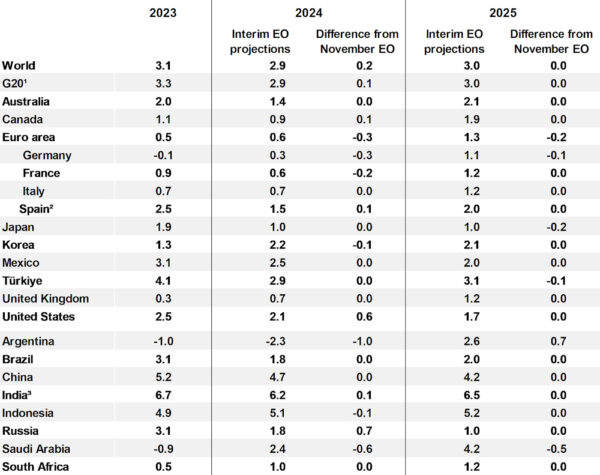
Full OECD Economic Outlook, Interim Report here.




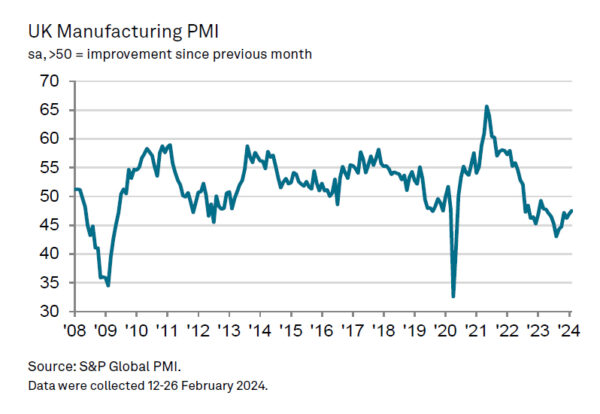
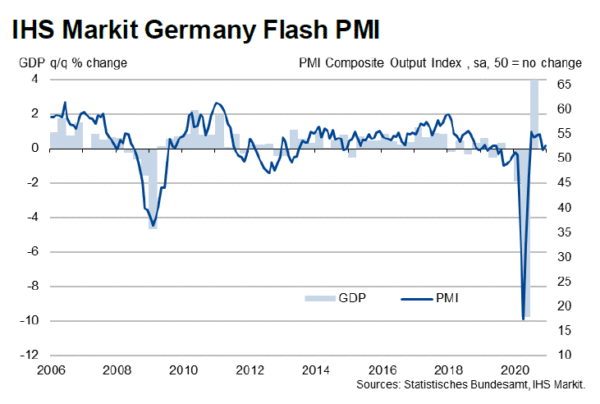

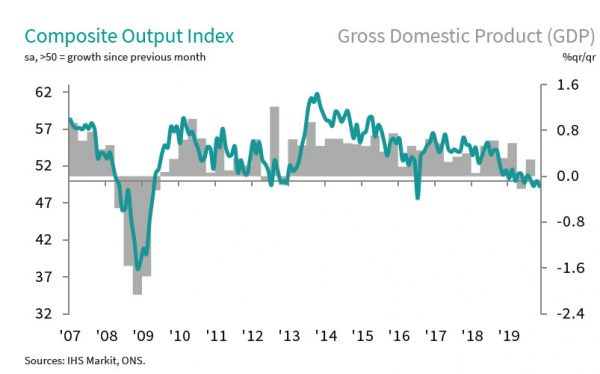
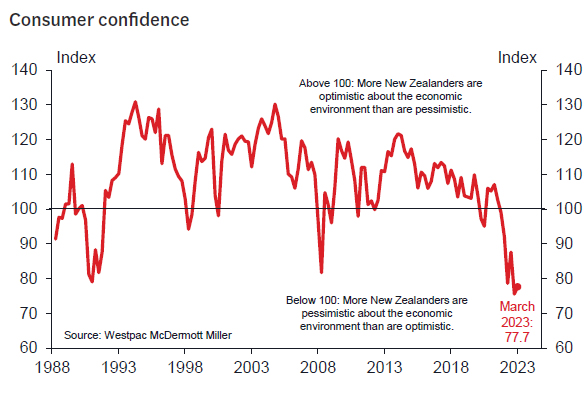
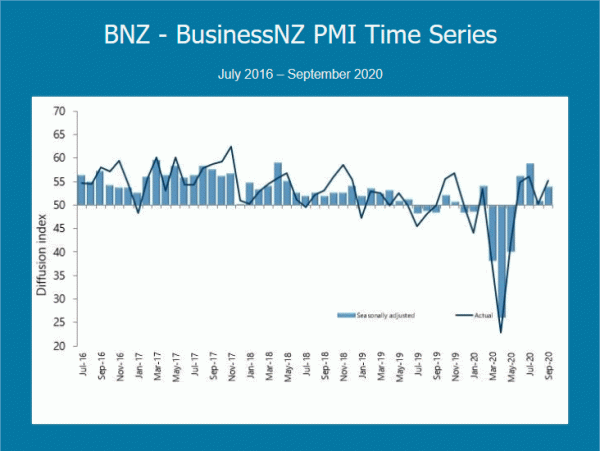
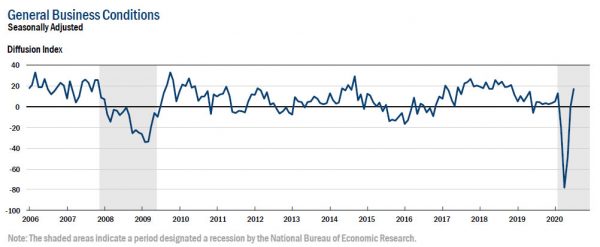
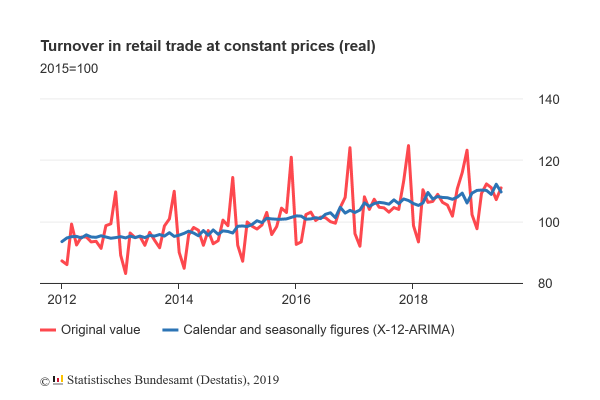
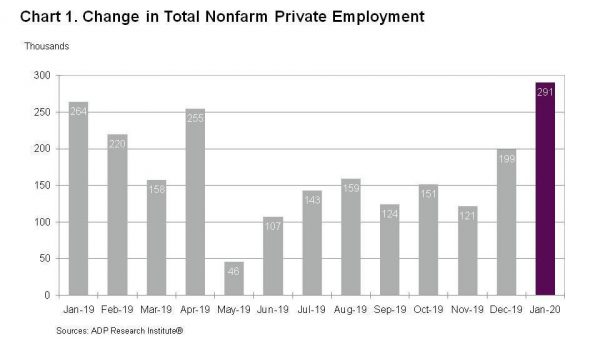
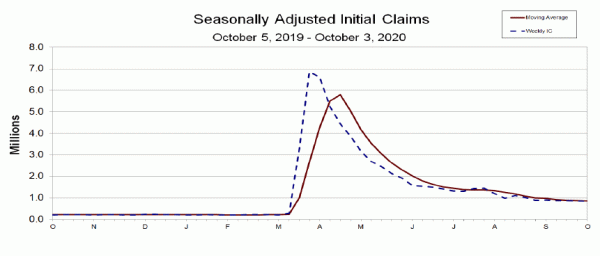
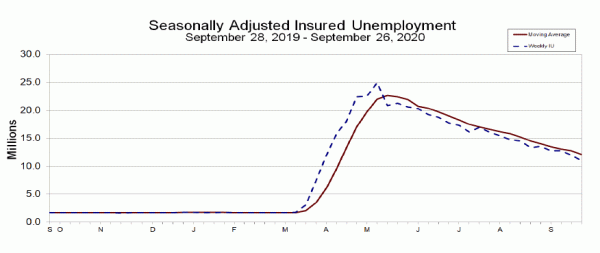

US GDP grew 2.4% in Q2, faster than Q1 and above expectations
US GDP grew 2.4% annualized in Q2, according to the “advance” estimate, well above expectation of 1.6%. That’s also a faster growth than Q1’s 2.0% annualized. PCE price index slowed from 4.1% to 2.6% while PCE core price index also fell form 4.9% to 3.8%.
BEA said: “Compared to the first quarter, the acceleration in GDP in the second quarter primarily reflected an upturn in private inventory investment and an acceleration in nonresidential fixed investment. These movements were partly offset by a downturn in exports, and decelerations in consumer spending, federal government spending, and state and local government spending. Imports turned down.”
Full US GDP release here.
Also released, in June, durable goods orders rose 4.7% versus expectation of 1.0%. Ex-transport orders rose 0.6%, versus expectation of 0.1%. Goods trade deficit narrowed to USD -87.8B, versus expectation of USD -91.8B.
Initial jobless claims dropped slightly to 221k in the week ending July 21, below expectation of 233k.